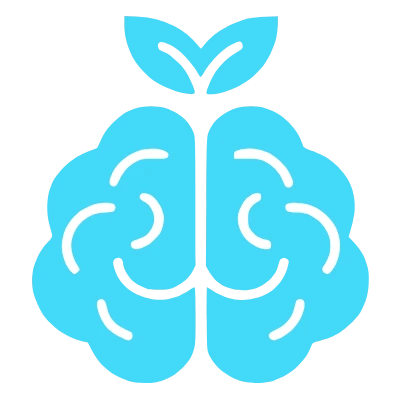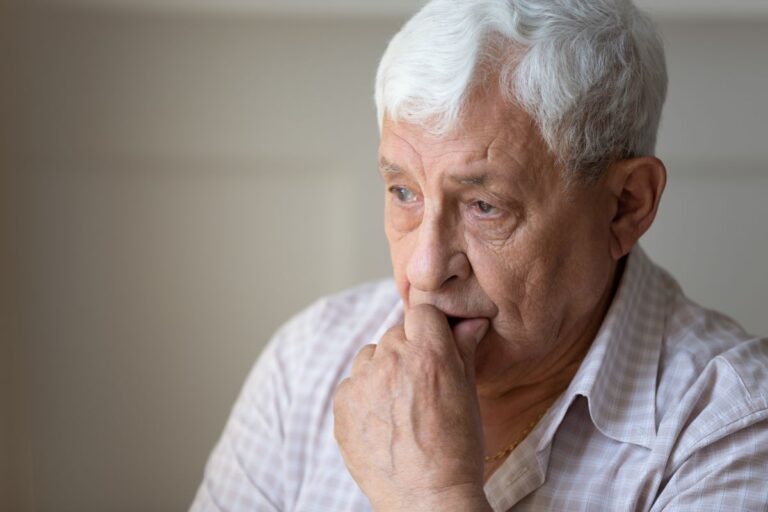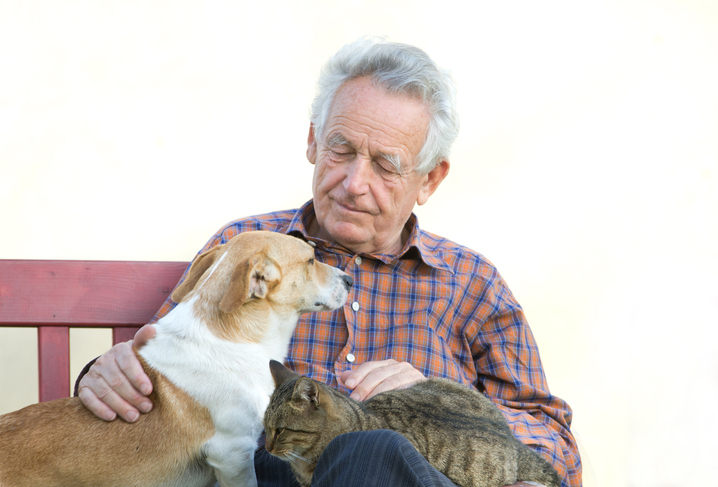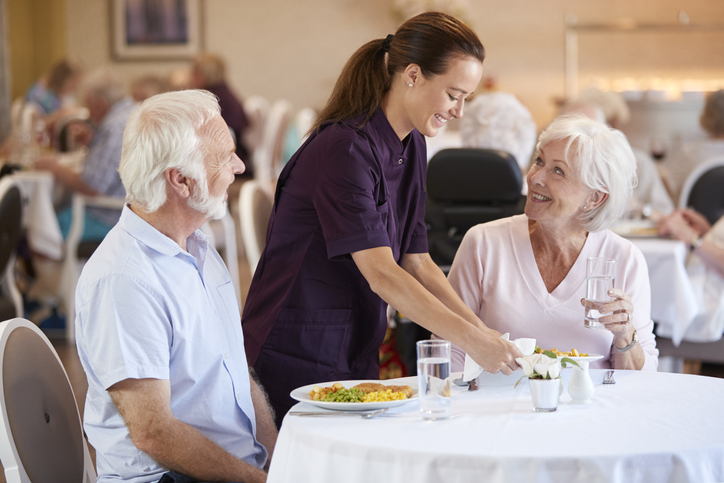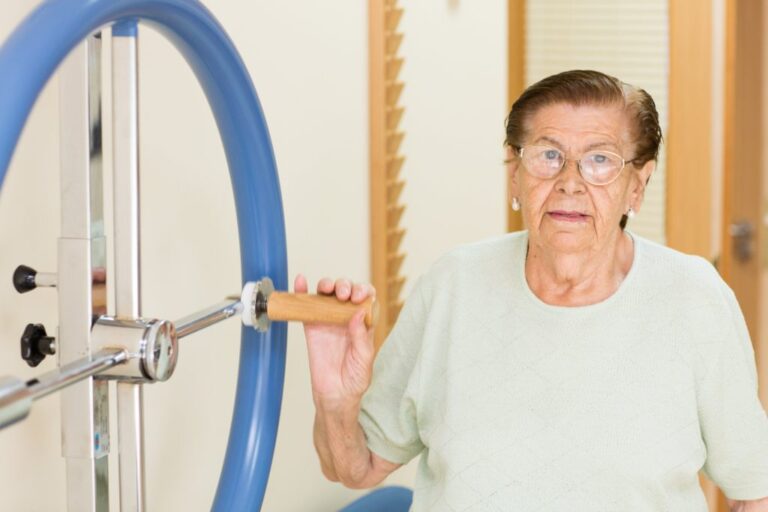Aging is a natural stage of life that many people fear or consider as a phase of decline. However, for two decades, efforts have been made to promote so-called active aging, which promotes the idea that we can live healthy and full lives as we age. This approach is based on the idea that age should not be an obstacle to enjoying life, but rather a new opportunity to continue growing and contributing to our society.
In this article we are going to explain what active and healthy aging is, what are the bases that support it, and we will give you advice to face this new stage with autonomy and independence, with better health, with more security and with a greater capacity to face and overcome adversities.
What is active aging?
In 2002, during the Second United Nations World Assembly on Aging held in Madrid, the World Health Organization (WHO) proposed promoting active aging. In this way, the WHO wanted to change the concept of old age to turn this stage into a positive experience, with new opportunities focused not only on promoting the health of older people, but also on promoting their constant participation in social, economic, cultural, spiritual and civic spheres.
Therefore, active aging promotes the physical, mental and social well-being of people as they advance in age. This implies that they participate in various activities and adopt habits that allow them to maintain an optimal quality of life, regardless of age. In short, active and healthy aging not only seeks to live longer, but also to live better, with health and vitality.
What are the four pillars of active aging?
Following the United Nations General Assembly, five basic principles were developed: independence, dignity, self-realization, care and participation. These principles are framed within the four fundamental pillars of active aging, which are:
Physical and mental health
Physical and mental health is essential for active aging. Exercising regularly, following a varied diet rich in fruits, vegetables, proteins and healthy fats is essential to maintain physical health.
But, at the same time, we must maintain an active and positive mind to face the challenges that aging can present. Maintaining social relationships, avoiding unwanted loneliness, learning to manage emotions and carrying out enjoyable activities are essential issues to achieve active and healthy aging
Social participation is another important pillar of active aging. Staying involved in society and participating in family and social activities offers a sense of contribution and helps you feel useful and fulfilled, as well as combating loneliness. All of this can increase thequality of life and emotional well-being.
Security
Security and autonomy are also key elements of active aging. As we age, it is important to maintain a safe environment and the ability to make decisions for oneself. To achieve this, it is essential to ensure that the home is free of hazards and adapted to changing needs. Financial security in the face of the need for care also comes into play here, so it is a good idea to plan for the future and think about issues such as long-term care and advance medical decisions.
Lifelong learning
Aging today is understood as a stage of life to reinvent and redefine oneself, to learn everything that has not been possible during the work stage due to lack of time. That is why it is advisable to take advantage of this situation to discover new interests and learn something new such as a new language, a skill, a musical instrument…
Tips to promote active and healthy aging
To promote active and healthy aging, it is important to adopt lifestyle habits that promote physical, mental and social well-being as you age. Here are some key tips:
- Adopt an active lifestyle: Keep your body moving. Do physical activity regularly, even if it is a daily walk.
- Follow a healthy diet: A varied diet rich in nutrients is essential to maintain health.
- Keep your mind active: Learn something new, solve puzzles, or play brain games to keep your mind sharp and busy. Also try to maintain a positive and optimistic attitude.
- Have your regular medical check-ups not only to monitor and detect serious pathologies, but also to identify other conditions, such as the need to wear glasses or hearing aids.
- Take care of your relationships: Get out of the house, maintain connections with friends and family, expand your circle of friends, discover new places, enjoy exhibitions, theaters, gastronomy, etc. It is the best way to combat loneliness and remain active socially and emotionally.
- Plan your time and establish routines. This helps optimize your time to occupy it with the tasks you really want to do.
- Adapt your house to your needs. Adapting the furniture and access to your needs will help prevent falls and improve your autonomy.
- Seek professional support: Do not hesitate to seek advice from doctors, therapists, psychologists and other health professionals if you need it, as well as turning to residences and day centers adapted to your needs in which active aging is encouraged.
- Assume aging with a positive attitude: Accept the changes that come with age and focus on the positive things you can do at this stage of life.
Activities that promote active aging
There are many activities that promote active aging by promoting physical, mental, social and emotional health. The important thing is to choose the ones that you like and that motivate you. Here is a list of enriching activities that adults of any age can do:
- Walking and hiking: Walking outdoors, exploring trails and enjoying nature is a great way to stay active and connect with your surroundings.
- Dance: Participating in dance classes can improve coordination, flexibility, and emotional well-being.
- Swimming: Swimming is a low-impact activity that exercises the entire body and improves cardiovascular endurance.
- Yoga and Tai Chi: These disciplines focus attention on the mind and body, improving flexibility, balance and relaxation.
- Resistance exercise: Lifting weights or performing resistance exercises can help maintain strength and muscle mass as you age.
- Arts and crafts classes: Painting, pottery, sewing or any form of artistic expression can stimulate creativity and cognition.
- Volunteering: Offering your time and skills to charities or causes you care about provides a sense of purpose and contribution to society.
- Participating in courses and workshops on a variety of topics, from history to technology to cooking to gardening, keeps you mentally active and gives you the opportunity to constantly learn.
- Reading books, magazines and newspapers is a form of entertainment that also stimulates the mind.
- Travel and exploration: Planning and taking trips, whether to explore new places or visit friends and family, can provide new experiences and a sense of adventure.
- Board games and puzzles: Playing board games, such as chess, and solving puzzles can stimulate the mind and provide social entertainment.
- Animal care: Walking dogs or interacting with pets can improve emotional and physical health.
In summary, when we talk about promoting active aging, we mean living life to the fullest, with health and well-being. Taking an approach that includes the four pillars – physical and mental health, social participation, lifelong learning and safety – can help you enjoy an active life as you age. Age doesn’t matter; What matters is how you live and embrace this stage of life.
